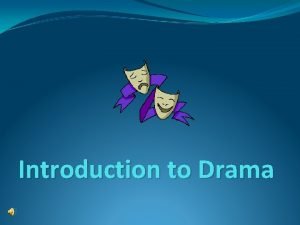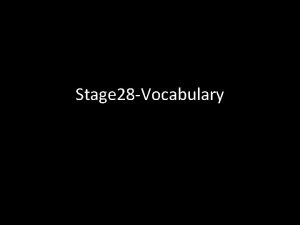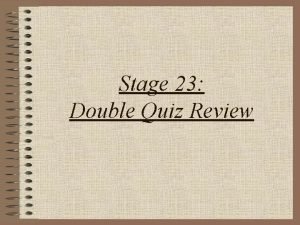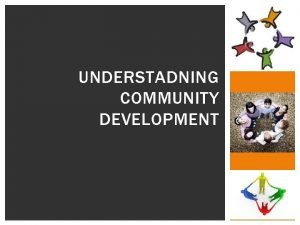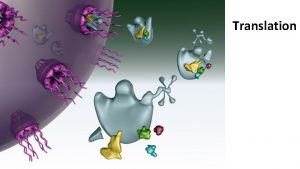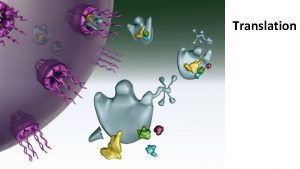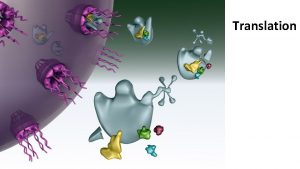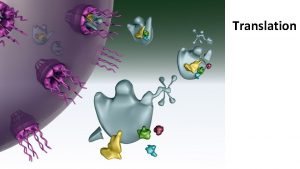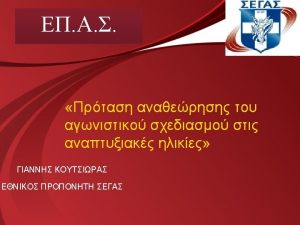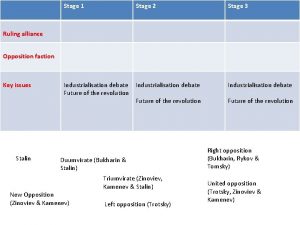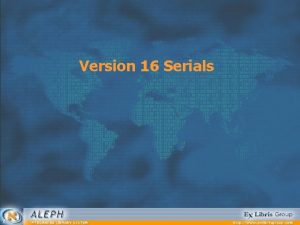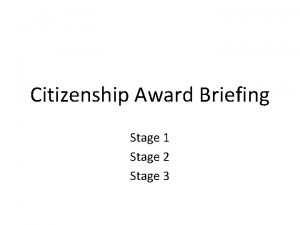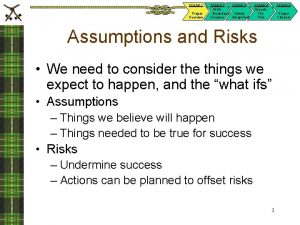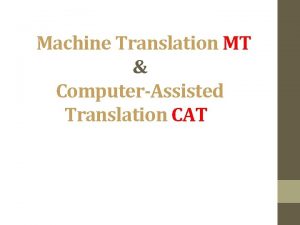TRANSLATION PROCESS TRANSLATION PROCESS l Analysis Stage l















- Slides: 15

TRANSLATION PROCESS

TRANSLATION PROCESS l Analysis Stage l Synthesis Stage

TRASNLATION PROCESS l The translation process can be centered on the analysis phase; in this case, the dominant of the translation is focused on the author of the prototext, and on the translator. The translation process can also be centered on the synthesis stage; in this case the translation dominant will be the focus on the Model Reader of the metatext.

Danish researcher L. Hjelmslev l Proposed the distinction, within a text, between, on one hand, form and substance of the content and, on the other hand, the form and substance of expression. In this way, the text is divided into two planes (expression and content), each of which is divided into two parts (form and substance).

CONTENT SUBSTANCE l substance is, in a sense, objective, and does not vary from one language to another, but points to inherent qualities.

EXPRESSION SUBSTANCE l Is the graphic and phonic expression of the content. If an utterance is a graphic expression substance, it has corresponding phonic expression form.

CONTENT FORM l In English, the word "green" points to the content substance we just described. Hjelmslev observes that the content form varies from one language to another. This means that we do not have a perfect match between the semantic fields of similar content forms in different languages. Hjelmslev provides as example the mismatching of the names of colors spanning from green to brown in the English and in the Welsh languages.

EXPRESSION FORM l Is the way in which the expression substance is actualized, the way in which a graphic form is pronounced or a phonic form is written.

CONTENT FORM /CONTENT SUBANCE l Examples of mismatching between content form and content substance in different languages are the English words "abortion" and "miscarriage", that in some languages are identified by a single indistinctive word (for example, "aborto" in Italian, "avortement" in French). On the contrary, the content form of English word "hair" in many other languages matches two different words, one indicating the head hair, the other denoting the body hair (for example, in Italian "capello" and "pelo", in French "cheveu" and "poil");

EXPRESSION FORM l Is the way in which the expression substance is actualized, i. e. the way in which a graphic form is pronounced or a phonic form is written.

Expresion Substance l is the graphic and phonic expression of the content.

TRANSLATION PROCESS l RECODED: we mean a linguistic, formal, style process. l TRANSPOSED: is a process that, as regards literary texts, implies the understanding of the poetic model, of the content structure of the text.

Culture Translation l Two languages can be more or less translatable into one another according to how they differ in one of these four ways:

CULTURE TRANSLATION l Languages that have neither the culture nor the language in common, such as Eskimo and English, or Chinese and Italian or Greek and German; l Languages with similar linguistic structures but different cultural backgrounds,

l Languages with a completely different linguistic structure but with a similar cultural background , like Hungarian and Slovak l Languages with similar linguistic structure and cultural background, like Spanish and French.
 Stage 1 denial stage 2
Stage 1 denial stage 2 Stage positions definition
Stage positions definition Stage right stage left
Stage right stage left Disadvantages of two stage tendering
Disadvantages of two stage tendering Stage right stage left
Stage right stage left Stage right stage left diagram
Stage right stage left diagram Belimicus ultor stage 16 translation
Belimicus ultor stage 16 translation Stage 28 ultio romana translation
Stage 28 ultio romana translation In thermis 2 translation
In thermis 2 translation Stage 18 taberna translation
Stage 18 taberna translation What is semantic translation
What is semantic translation Number translation using voice translation profiles
Number translation using voice translation profiles Left and right transformations
Left and right transformations Noun phrase
Noun phrase Steps of community development process
Steps of community development process Knapp’s relationship model
Knapp’s relationship model




